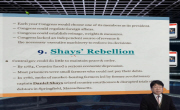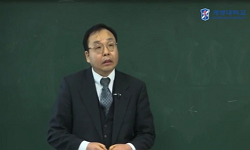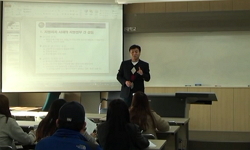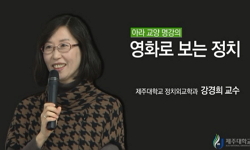Buddhism during the Koryŏ period (918–1392) enjoyed the favor and patronage of the court, aristocrats and commoners alike. Its prominent position in Koryŏ society is reflected in the temples established in the capital, Kaesŏng. Although none of t...
http://chineseinput.net/에서 pinyin(병음)방식으로 중국어를 변환할 수 있습니다.
변환된 중국어를 복사하여 사용하시면 됩니다.
- 中文 을 입력하시려면 zhongwen을 입력하시고 space를누르시면됩니다.
- 北京 을 입력하시려면 beijing을 입력하시고 space를 누르시면 됩니다.
https://www.riss.kr/link?id=A75168760
- 저자
- 발행기관
- 학술지명
- 권호사항
-
발행연도
2004
-
작성언어
English
- 주제어
-
등재정보
AHCI,SCOPUS,KCI등재
-
자료형태
학술저널
-
수록면
7-34(28쪽)
- 제공처
-
0
상세조회 -
0
다운로드
부가정보
다국어 초록 (Multilingual Abstract)
Buddhism during the Koryŏ period (918–1392) enjoyed the favor and patronage of the court, aristocrats and commoners alike. Its prominent position in Koryŏ society is reflected in the temples established in the capital, Kaesŏng. Although none of the Koryŏ era temple buildings remain, both the written record and some material remains suggest that Buddhist temples were a dominant feature of the capital landscape. Besides their religious function as places of worship, Kaesŏng temples were also extensions of dynastic authority and centers of economic, cultural, and social activities. Although ritual played an important role in legitimizing dynastic authority, temples were not the main stage for the chief rituals to call for protection of the state: these usually took place in the palace. Temples did play an important role however in the ancestor worship of the Koryŏ dynasty, serving as foci to keep the presence of the dynastic founder and recently deceased kings alive and connect them to Buddhism. Also, a number of the temples established by the dynastic founder, T’aejo, played a key role in the era’s two main festivals (the Eight Prohibitions and Lantern Festival) and some other events, while also serving as headquarters of Buddhist sects. Kaesŏng temples were also occasionally used for political and military purposes, and assisted in charitable events.
목차 (Table of Contents)
- Abstract
- INTRODUCTION
- BACKGROUND
- MEMORIAL HALLS
- TEMPLES AS RITUAL SPACES
- Abstract
- INTRODUCTION
- BACKGROUND
- MEMORIAL HALLS
- TEMPLES AS RITUAL SPACES
- THE SECTARIAN ROLE OF TEMPLES
- OTHER ACTIVITIES AT TEMPLES
- CONCLUSION
- GLOSSARY
동일학술지(권/호) 다른 논문
-
KAESŎNG FROM THE PERSPECTIVE OF CHOSŎN DYNASTY INTELLECTUALS
- 계명대학교 한국학연구원
- SONJA HAUßLER
- 2004
- AHCI,SCOPUS,KCI등재
-
HISTORY WITH A CAPITAL H: KAESŎNG’S FORGOTTEN CLAIM TO CAPITAL HISTORY
- 계명대학교 한국학연구원
- REMCO E. BREUKER
- 2004
- AHCI,SCOPUS,KCI등재
-
DIGGING UP BUDDHISM: TALES AFFIRMING THE ANTIQUITY OF BUDDHISM IN THE SAMGUK YUSA
- 계명대학교 한국학연구원
- JAMES H. GRAYSON
- 2004
- AHCI,SCOPUS,KCI등재
-
A SOCIOLOGICAL ANALYSIS OF THE 2002 DIGITAL FORMATION OF SOUTH KOREA
- 계명대학교 한국학연구원
- HYE-SOON KIM
- 2004
- AHCI,SCOPUS,KCI등재







 eArticle
eArticle






